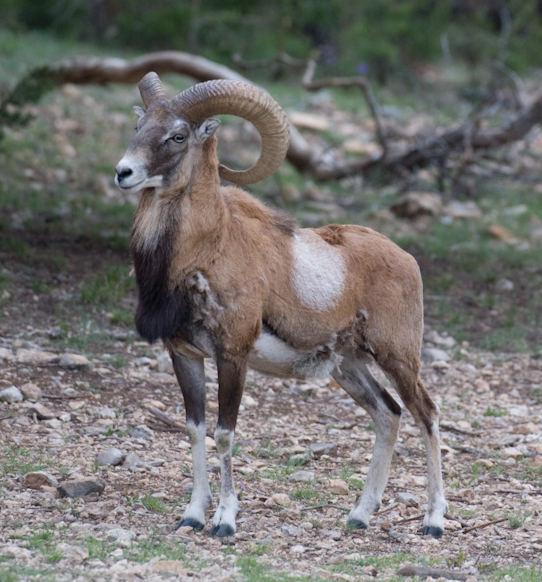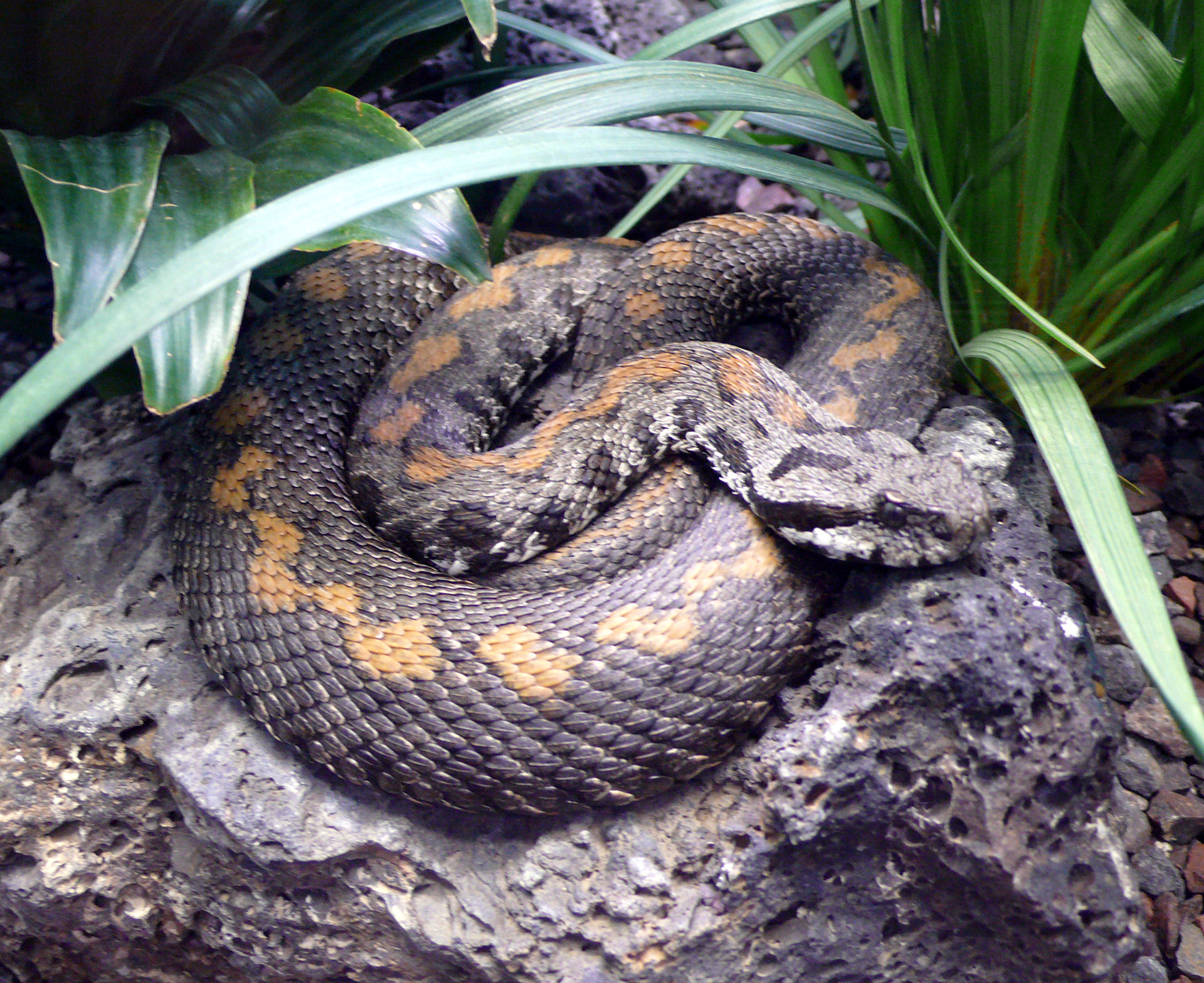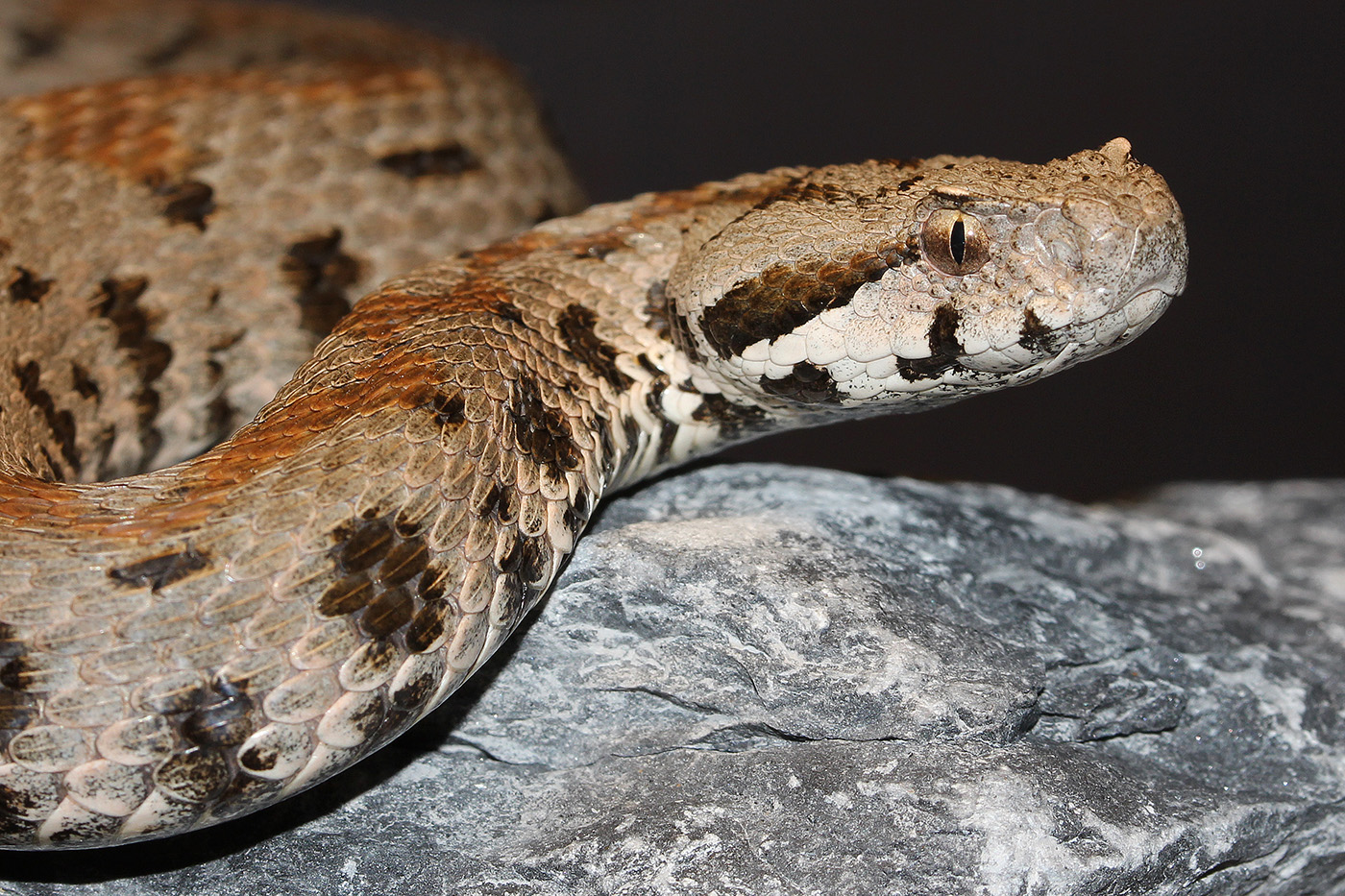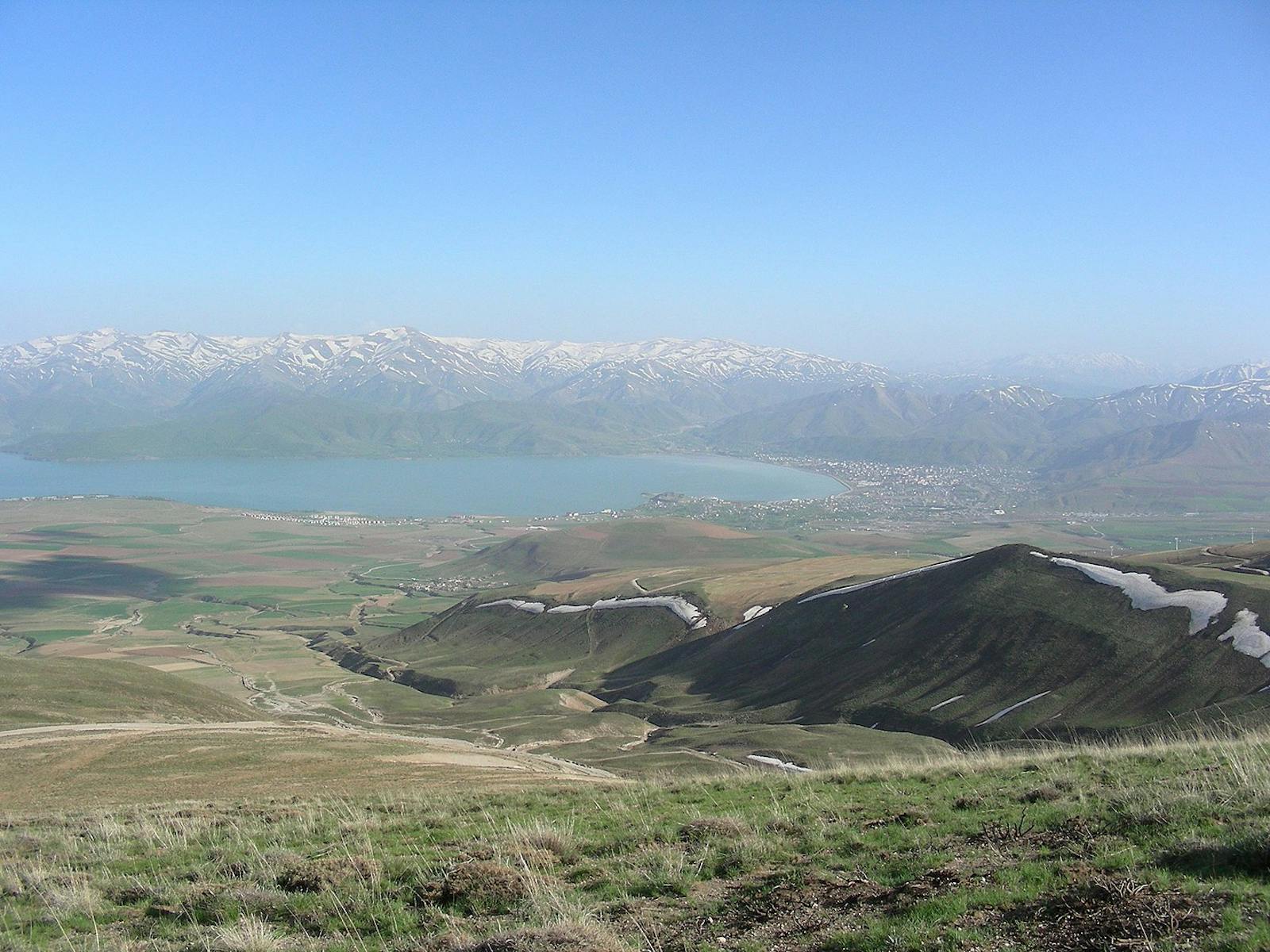Eastern Anatolian Montane Steppe
The ecoregion’s land area is provided in units of 1,000 hectares. The conservation target is the Global Safety Net (GSN1) area for the given ecoregion. The protection level indicates the percentage of the GSN goal that is currently protected on a scale of 0-10. N/A means data is not available at this time.
Bioregion: Zagros Mountain Forests & East Anatolian Steppe (PA27)
Realm: Central Eurasia
Ecoregion Size (1000 ha):
16,862
Ecoregion ID:
727
Conservation Target:
16%
Protection Level:
3
States: Turkey, Iran, Armenia, Georgia, Azerbaijan
These immense, undulating plateaus in Eastern Anatolia form a mosaic of woodland and steppe. Lofty peaks that reach over 3,000 m are contrasted by sweeping valley floors and lowland basins, some of which host vast salt lakes. Rocky scree slopes are the ideal habitat for Gmelin’s mouflon, a rare, endemic subspecies of wild sheep, and the ancestral form of modern domestic sheep. Brown bear, striped hyaena, marbled polecat, and saker falcon also epitomise the region’s fauna.

The flagship species of the Eastern Anatolian Montane Steppe ecoregion is the Gmelin’s mouflon. Image credit: Susan E Adams, Creative Commons
The ecoregion traverses East Turkey, Northwest Iran, the Nakhchyvan Autonomous Republic in Azerbaijan, Armenia, and South Georgia. The mountainous terrain includes Turkey’s highest peak, the 5,317 m tall Mount Ararat, and experiences a continental climate with extremely cold winters. Juniper-almond woodlands with a pistachio and rose understory are interspersed with steppes of sea-lavenders, feather grasses, fescues, and bulbous bluegrass. In lowland basins, salt lakes are fringed by saline steppes of goosefoot and leadwort species. Turkey’s Lake Van and Iran’s Lake Urmia are the two major salt lakes in the region, whilst Armenia’s Lake Sevan is freshwater; all are wetlands of great importance for migratory birds.
Wolf, red sheep, beech marten, and Persian mole reside here, alongside mountain-specialist birds such as Caspian snowcock and Radde’s accentor. Endemic animals include Hakkari dwarf racer, Armenian viper, and Wagner’s viper. The steppes flutter with many rare butterflies such as the critically endangered Rose’s Blue butterfly. As agile climbers, Gmelin’s mouflon are adept at navigating the dry, open slopes of the mountain steppes. Habitat loss and poaching caused their numbers to steadily fall throughout the 20th century, and today there are no more than several hundreds of them left. Though the salt lakes support a wealth of birdlife, the highly saline waters are hostile to fish; only the endemic darekh survive in Lake Van.

Armenian viper. Image credit: Creative Commons
Livestock grazing has been a prevalent human activity in steppes across an evolutionary timescale, so grazing impact is integral to ecosystem dynamics. Transhumance is widely practiced in the mountains, in which livestock are moved between regions according to the season. Haymaking is also common in the highlands, whilst Lake Van’s darekh population supports a thriving fishing industry.
Principal protected areas in Armenia include Sevani National Park and Lake Arpi National Park, the latter of which is contiguous with Javarkheti National Park in Georgia. Lake Urmia in Iran is a National Park, Biosphere Reserve, and Ramsar site of Wetland of International Importance. The majority of protected areas have been deemed insufficient to conservation, and Turkey’s Lake Van is one of many noticeable gaps in the network.

Armenian viper. Image credit: Creative Commons
Overgrazing is the main cause of land degradation in Turkey and Iran, altering steppe communities to represent more species of Euphorbia and Gundelia. Carnivores in the region are mostly threatened by human impacts: poaching, trapping, and vehicle collisions. Retaliatory killing is a particular problem as an increasingly scarce prey base of wild ungulates means carnivores target livestock more often.
Dam construction and overexploitation of groundwater have impacted waterways; this has resulted in a drastic decrease in Lake Sevan’s water level and a subsequent ecological crisis. Iran has developed an integrated management plan for Lake Urmia, the first ecosystem-based strategy of its kind in the country. Turkey’s Department of Wildlife has initiated projects to reintroduce wild ungulates and plant wild fruit trees, and has promoted ecological studies and social outreach programs to raise awareness about conservation issues.
The priority conservation actions for the next decade will be to: 1) increase the network of protected areas with a better representation of diverse habitats; 2) invest in greater inventory taking and scientific research of threatened species; and 3) enhance effectiveness of protected areas with ecologically informed management plans.
Citations
1. European Environment Agency (2008). The Anatolian region - the biogeographical transition to Asia. Europe's biodiversity - biogeographical regions and seas.
2. Ambarlı, D., Zeydanlı, U.S., Balkız, Ö., Aslan, S., Karaçetin, E., Sözen, M., Ilgaz, Ç., Ergen, A.G., Lise, Y., Çağlayan, S.D. and Welch, H.J., 2016. An overview of biodiversity and conservation status of steppes of the Anatolian Biogeographical Region. Biodiversity and conservation, 25(12), pp.2491-2519.


.png?auto=compress%2Cformat&w=300)

